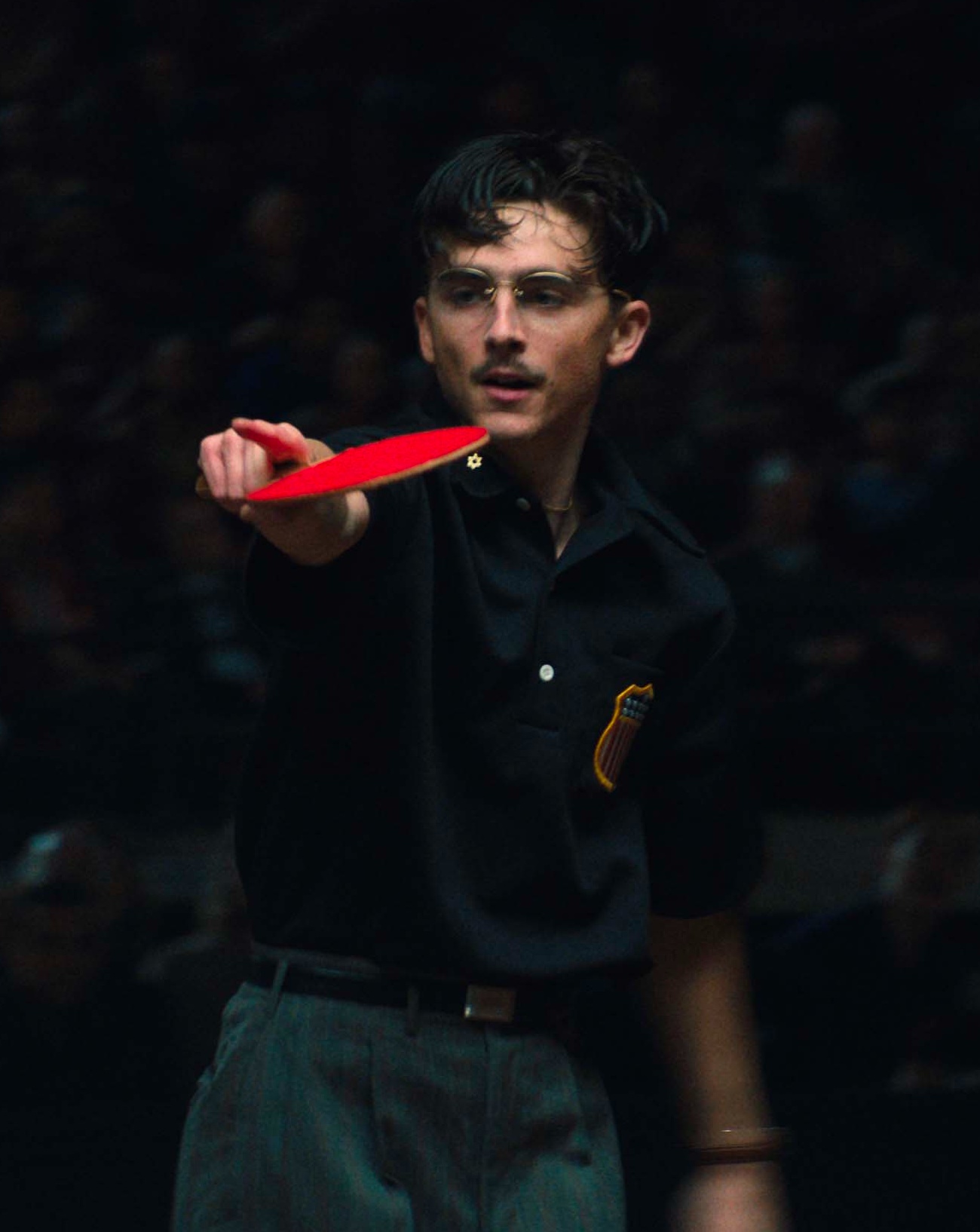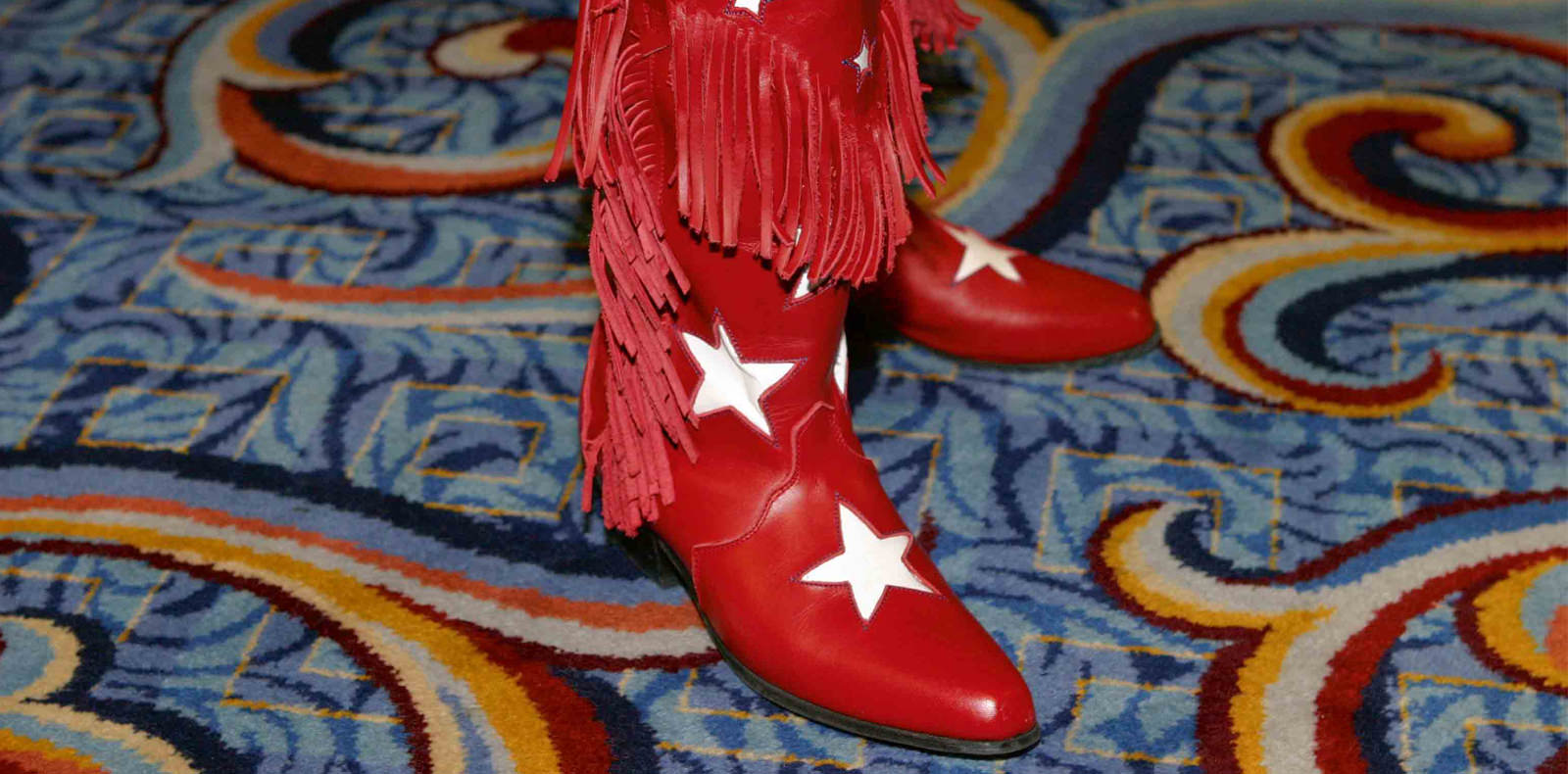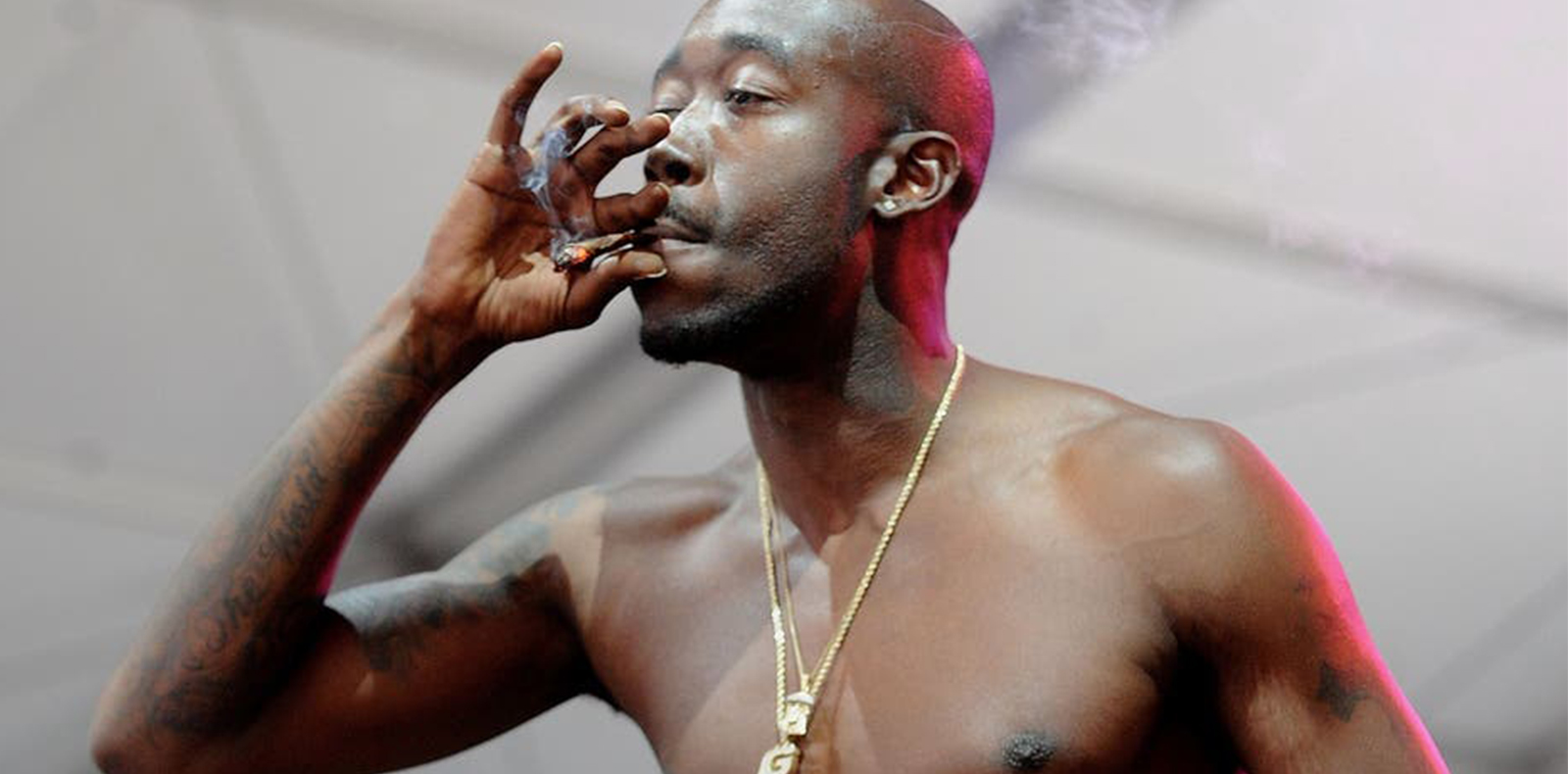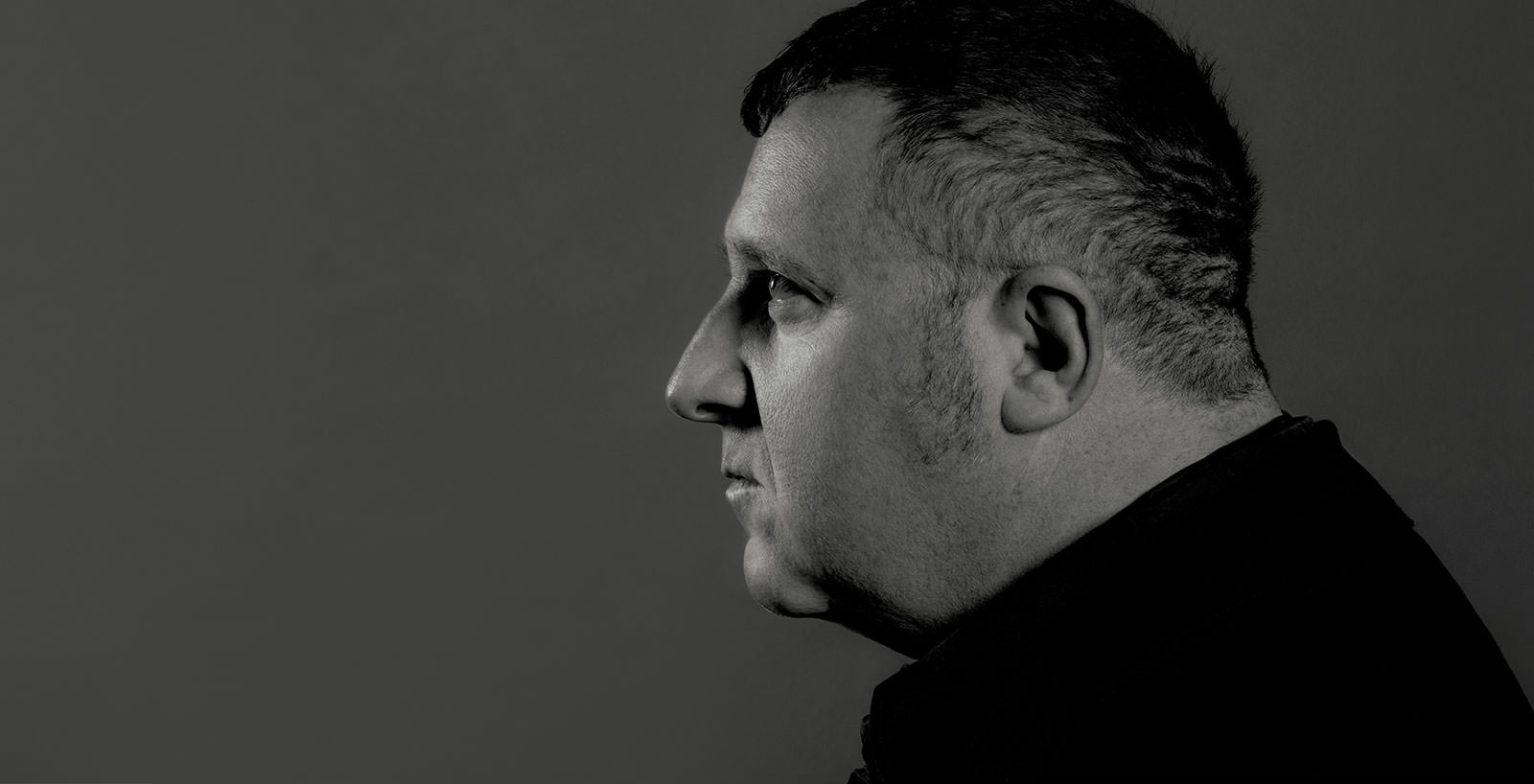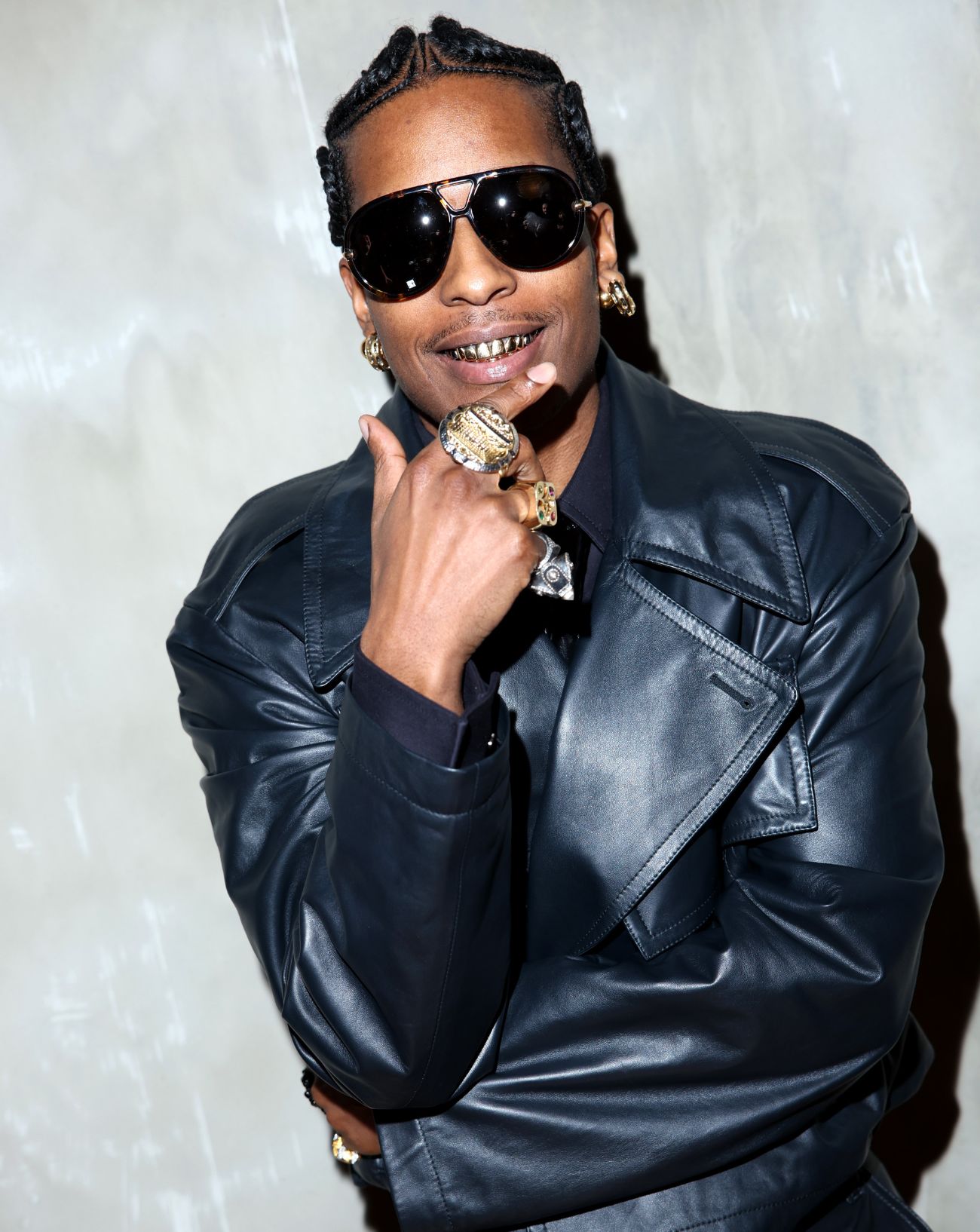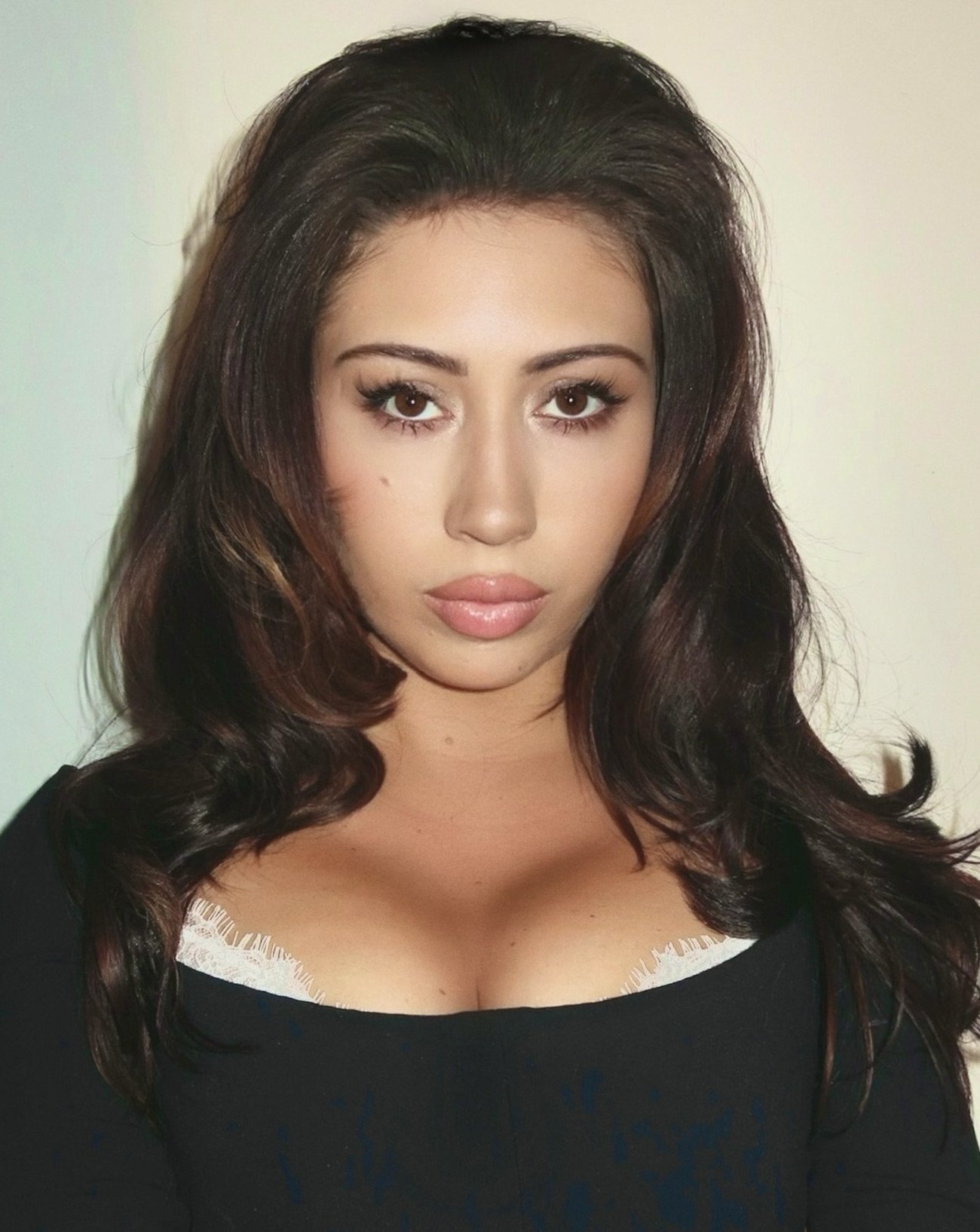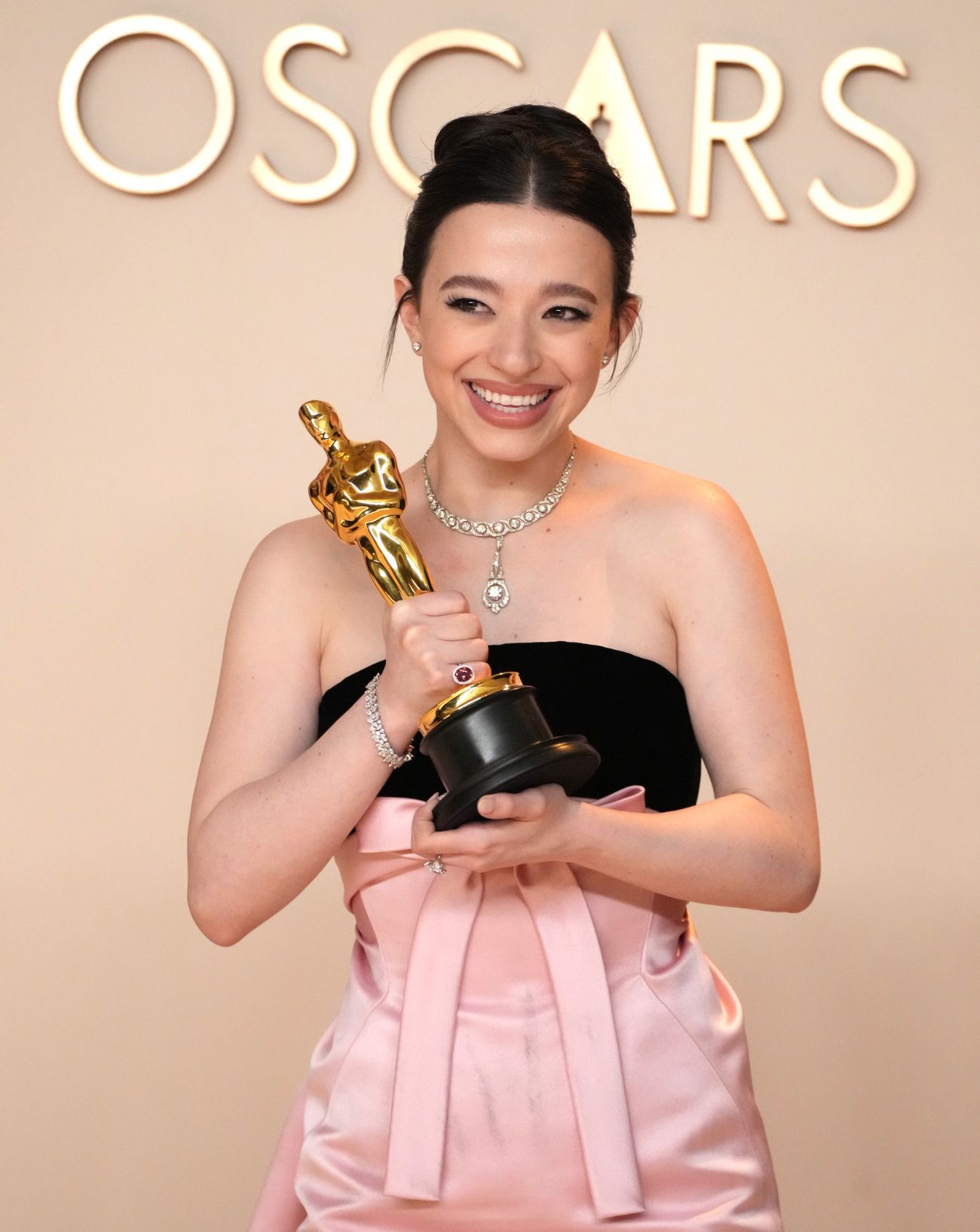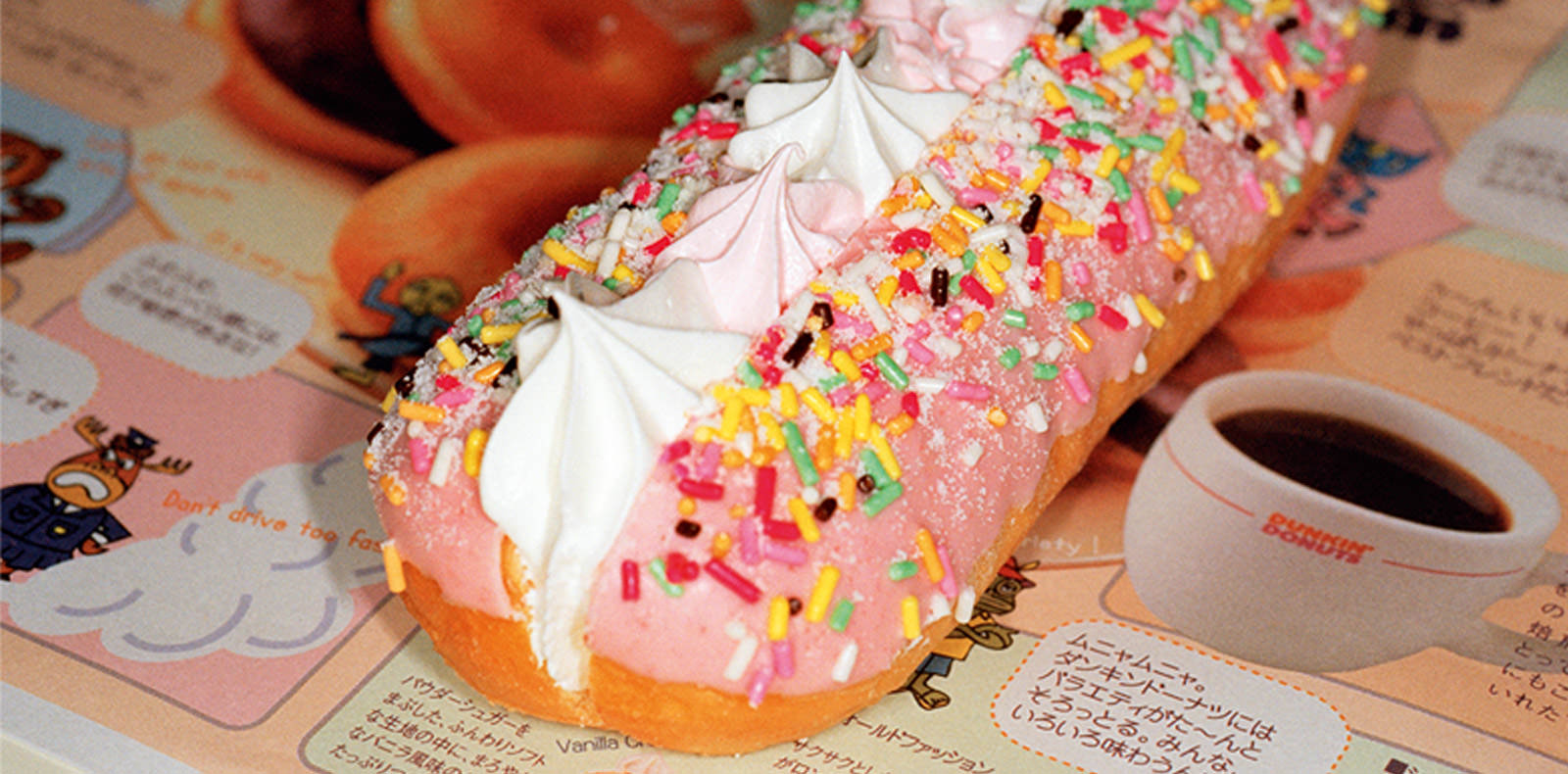
25
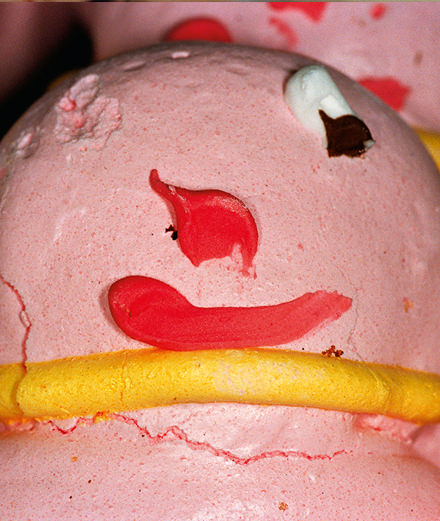
25
Cult photographer Martin Parr sits down to eat with “Real Food”
On the release of his new culinary book entitled “Real Food”, the great English photographer was grilled at a round table animated by a Le Monde journalist and the founder of Fooding at the MK2 Quai de Loire. An encounter.
Interview by Violaine Schütz.
Numéro: Why have you done a book about food?
Martin Parr: I started taking photographs of food 25 years ago. I’ve always liked that. At the time no one else was doing it because mobile telephones didn’t exist. I started because I wanted to find another angle to my documenting photos, one that was less sad. And food seemed like a perfect solution.
You use a flash that gives the dishes a fake appearance, why?
With this trend for food porn and glamorous cooking magazines, people post photos of food that don’t look anything like what we would normally eat every day. There are so many lies with the representations of food in our society. You just have to look at the seductive images on supermarket packaging. When you open up the box there’s a stark difference between what’s on the photo and what’s in front of you. As for the flash, it allows me to create fiction and entertainment out of reality, to give a sort of surrealism to cooking, and make it more beautiful and Interesting. I’m addicted to flashes and to its bright saturated colours, a bit like an alcoholic and his glass of wine.
How did you chose the 200 shots in the book (hamburgers, kitsch cakes in the shape of little men or animals, crazy cupcakes, ice-creams, dripping hot dogs, chips, donuts, neon sushi, fatty sausages etc), from 25 years of taking photos around the world?
Cheap junk food often looks better than a 26 dish tasting menu for 400 euros in one of the best restaurants in the world. I’m a pretty snobby foodie what it comes to what I eat personally, and while I have tasted some of the dishes in the book when it comes to the photos I just chose what looks best.
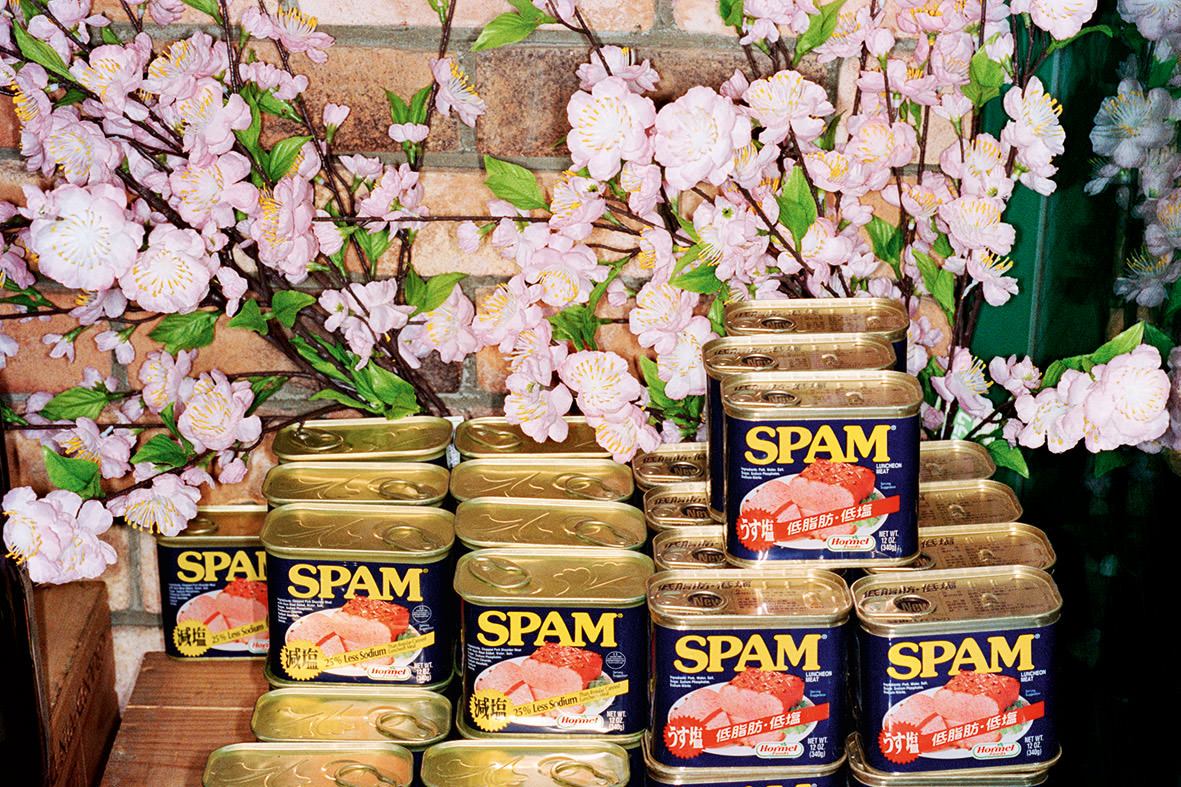
We can often recognise where the photo has been taken (France, England, USA, Japan), is there a social dimension in all this?
I don’t mind if people recognise where the recipes come from. I’m playing with these very prejudices and the clichés that surround food. For example I started to take photos of English food that was reputed to be dreadful, but I can assure you that I have eaten things that are just as revolting in France as in my own country. And these days English food has definitely become more reasonable. In Mulhouse, near Alsace, I had so much fun immortalising sauerkraut and sausages because it’s what’s expected in that region. And in Vienna I photographed tonnes of patisseries and even a cake factory because the locals go mad for it. Personally I never get tired of a room full of cakes.
With the term ‘food porn’, there’s an idea of desire provoked through food, have you ever felt that when faced with a certain dish?
It is very exciting thinking about spending the evening in a fabulous restaurant, but I never actually think about thrusting my tool into a plate of sauerkraut or a cream cake, I’ve never had an erection while photographing a pile of snails, sausages, bananas or frogs legs, if that’s what you mean.
You can’t help but feel a bit disgusted when faced with some close-up photos with those garish colours…
As a kid, I grew up in a birdwatching household. So when we went on holiday we didn’t go and see the sea, we went to watch birds. Whenever I could get away, I nourished a veritable obsession for seaside resorts and other trashy attractions that I’d been deprived of. So when I photographed them I exaggerated this fascination as a way of celebrating my new found freedom by using the flash and the macro. I used the language of advertising and communications to deflect and criticise the modern world. For food I did the same thing, hence these very gaudy colours.
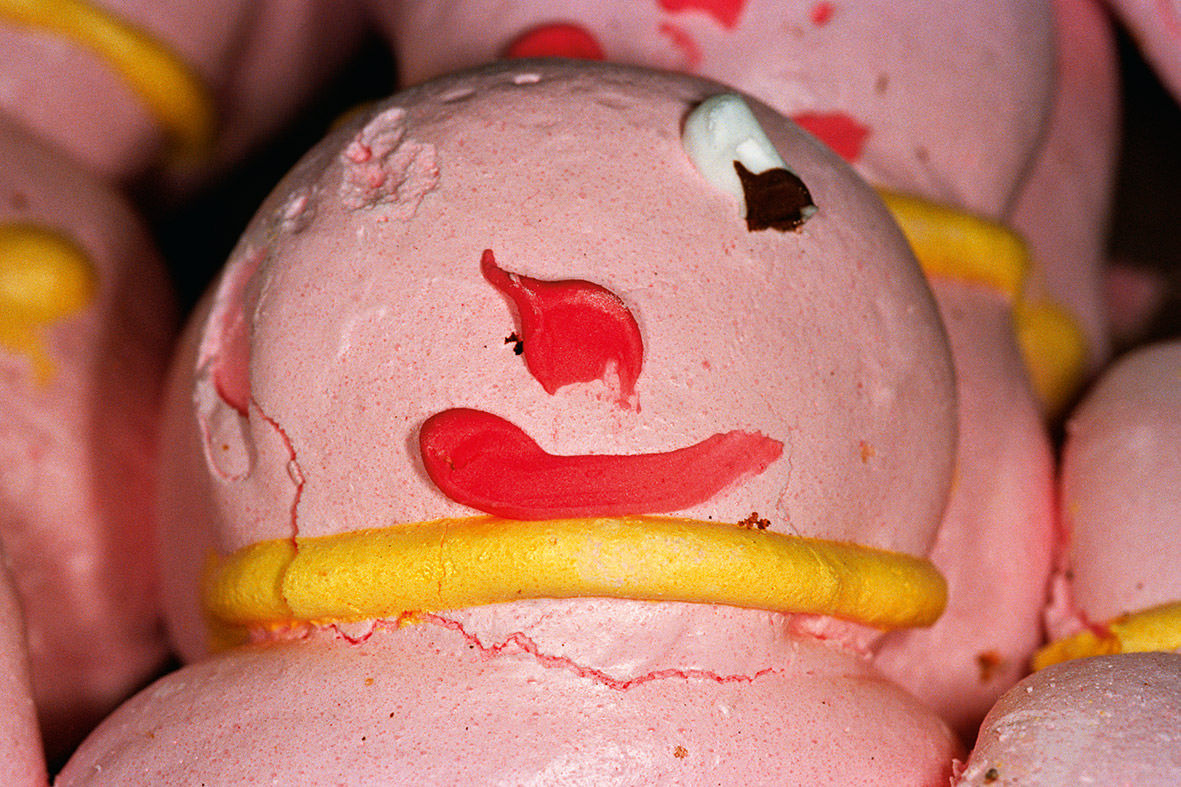
Do you cook yourself?
Yes I adore the idea of planning everything so it’s all ready in time, the crafting of a dish. I never use cookery books, unlike my partner, I like to improvise. I love preparing fish because it’s very difficult. It shouldn’t be overcooked, otherwise it turns to jelly. It’s all in the timing. That’s why I like doing roast chicken and roast beef for Sunday lunch. Again it’s about the timing.
Well you don’t seem have affected your daugter Ellen Parr’s appetite because she’s become a chef and founder of the high profile English collective The Art of Dining…
She started out doing maths, but got bored, so she decided to become a chef. She got an internship in a big London restaurant, which she adored. Since then she’s been organising performance events, which are always sold out, mixing contemporary art and cooking. She’s made dishes that I’ve photographed in fact. She is very good at what she does, clever at surprising her audiences. For example, she made a delicious Thai soup served in a tea cup. She loves astonishing people with dishes that look sweet but are in fact savoury or bitter, or things that look horrible but taste marvellous. In a way a chef is like a photographer, it’s all about tricking the opponent.
You’re one of the biggest photographers in the world, and yet you have only ever photographed subjects linked to the banality of daily life, like your series of bored couples. How does that work?
There are people who are a lot more talented than me, particularly in my agency, Magnum, people who take photos of wars and dramas. Personally I’m happier in an ordinary supermarket taking photos of the shelves and trying to reinvent reality rather than in a destroyed city. But I also believe that both merit having their photo taken.
Martin Parr, Real Food, published by Phaidon, 208 pages, 19.90 euros, available in bookshops.






